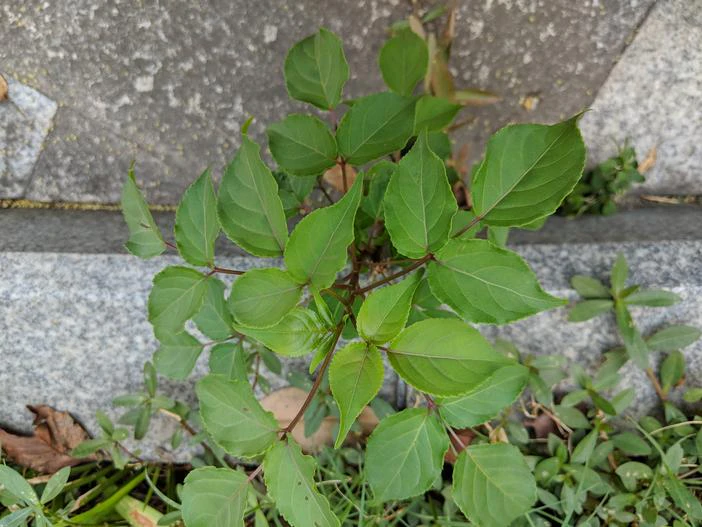Chinese Bishop Wood
(Bischofia polycarpa)
Chinese Bishop Wood (Bischofia polycarpa)
/
/

Sun Jiao (Interaccoonale)
CC BY 4.0
Image By:
Sun Jiao (Interaccoonale)
Recorded By:
Copyright:
CC BY 4.0
Copyright Notice:
Photo by: Sun Jiao (Interaccoonale) | License Type: CC BY 4.0 | License URL: https://creativecommons.org/licenses/by/4.0 | Uploader: Interaccoonale | Publisher: Wikipedia Commons





Estimated Native Range
Climate Requirements for Chelsea, Massachusetts
| This Plant | Your Site | Plant Suitability for Your Location | ||
|---|---|---|---|---|
| • Precipitation | 24" - 83" | 44" | Aquatic | Aquatic |
| • High Temp. | 76°F - 95°F | 84°F | Your summer temperatures are normal for this plant. | Excellent |
| • Low Temp. | 22°F - 59°F | 18°F | Your winter temperatures may be too cold for this plant | Too cold |
This plant should grow well at your location with about N inches per year (Y minutes per month) of irrigation.
Summary
Bischofia polycarpa, commonly known as Chinese Bishop Wood, is a deciduous tree native to subtropical forests in China. It can grow up to 60 feet (18 meters) tall and 40 feet (12 meters) wide, with a dense, rounded canopy. The tree is characterized by its thick, furrowed bark and glossy, trifoliate leaves that turn yellow in the fall. Small, greenish-white flowers bloom in the spring, followed by small, black fruit that is attractive to birds.
Chinese Bishop Wood is appreciated for its shade and ornamental qualities, including its attractive foliage and bark. It is suitable for urban planting, parks, and large gardens. This species prefers full sun to partial shade, moist but well-drained soils, and is tolerant of a range of soil types. While it is relatively low-maintenance, it can be susceptible to pests and diseases common to the Phyllanthaceae family. Gardeners should be cautious of its invasive potential outside its native range and ensure it is not a threat to local ecosystems before planting.CC BY-SA 4.0
Chinese Bishop Wood is appreciated for its shade and ornamental qualities, including its attractive foliage and bark. It is suitable for urban planting, parks, and large gardens. This species prefers full sun to partial shade, moist but well-drained soils, and is tolerant of a range of soil types. While it is relatively low-maintenance, it can be susceptible to pests and diseases common to the Phyllanthaceae family. Gardeners should be cautious of its invasive potential outside its native range and ensure it is not a threat to local ecosystems before planting.CC BY-SA 4.0
Plant Description
- Plant Type: Tree
- Height: 20-50 feet
- Width: 20-30 feet
- Growth Rate: Moderate
- Flower Color: Green
- Flowering Season: Spring
- Leaf Retention: Deciduous
Growth Requirements
- Sun: Full Sun, Part Shade
- Water: Medium
- Drainage: Medium
Common Uses
Natural Habitat
Subtropical forests in China
Other Names
Common Names: Bishop Wood, Bishop’s Cap, Java Bishop Wood
Scientific Names: Bischofia polycarpa, Bischofia polycarpa, Bischofia racemosa, Celtis polycarpa
GBIF Accepted Name: Bischofia polycarpa